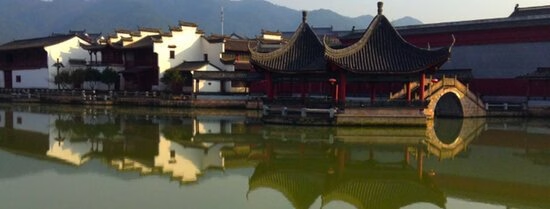With focus on media and place, this research project analyses the rise and development of film tourism in China. Setting the geographical scope in Mainland China, the project discusses the motivations, practices and attitudes of both domestic and international tourists, together with local communities, organizations and travel agencies. It aims to provide a critical re-evaluation of existing theories, concepts and models of film tourism, and deliver valuable knowledge and information with regard to developing sustainable forms of film tourism in China, and stimulating Asian intra-regional tourism.
This research project analyses the rise and development of film tourism in China. Setting the geographical scope in Mainland China, the project discusses the motivations, practices and attitudes of both domestic and international tourists, together with local communities, organizations and travel agencies. It aims to provide a critical re-evaluation of existing theories, concepts and models of film tourism, and deliver valuable knowledge and information with regard to developing sustainable forms of film tourism in China, and stimulating Asian intra-regional tourism.
The overall research question is: what are the motives, experiences and evaluations of film tourists in China, and how do these findings relate to existing knowledge on film tourism in Western contexts? The cross-cultural study will not only re-evaluate western-centric literature and contribute to the body of knowledge, but also broaden our understanding of cultural aspects and further conceptualise research in film tourism as a cross-disciplinary subject instead of a subject within tourism research.
The research investigates three interrelated dimensions, from micro level to macro level, and addresses how the findings are related to existing theories based on Western examples.
1) Mediated places: Mediated places: How is China represented in popular movies from different genres, and how does this representation make an impact on regional / national self-image?
2) Tourist experience: How and why do films motivate tourists to travel to Chinese film locations, and how do these tourists experience Chinese culture on-site?
3) Tourism policies: What are the possible ways of stimulating film tourism in China, and how do these policies constitute regional / national identity?
The research will conduct three case studies, each of which illustrates one dimension. The first case study focuses on China’s Hengdian World Studios, so-called Hollywood of the East, where more than forty-two thousand movies and TV episodes were shot. It consists of a theme park, Hengdian Film Industrial Park, which boasts full-scale replicas of the Forbidden City and the Old Summer Palace.
Min Xu, MA
PhD Candidate
Prof. dr. Stijn Reijnders
Promotor
